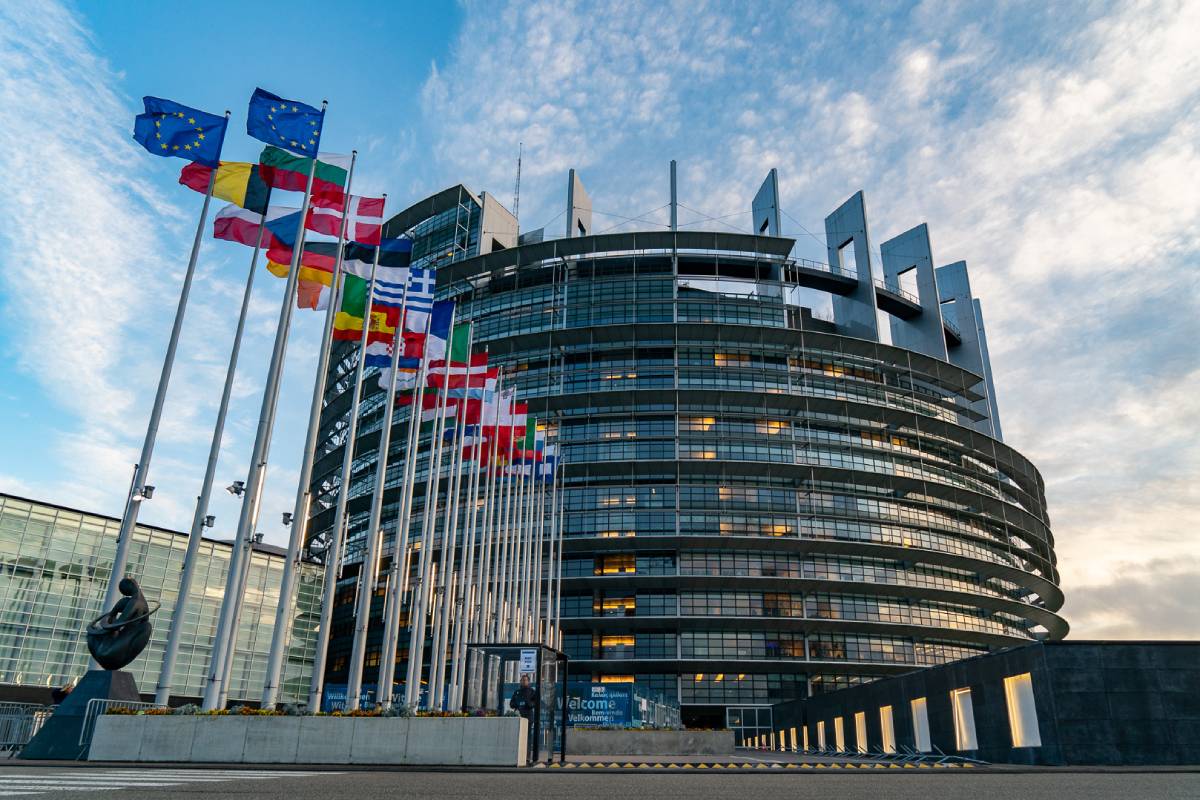India’s healthcare needs greater allocation of funds: Experts
Finance Minister Nirmala Sitharaman is expected to present the Union Budget 2024 on July 23.
The Eurozone is poised to escape a severe contraction, a relief in itself, yet the growth figures projected for the coming year are far from inspiring.

Representation image [file photo]
As Europe stands on the precipice of another year, the economic winds blowing across the Euro- zone seem neither promising nor perilous but rather caught in a stagnant cycle of uncertainty. Recent data paints a picture of a region grappling with a shal- low recession, and while the short-term outlook may not be catastrophic, the deeper issues plaguing Europe demand attention. At the heart of the matter lies a per- sistent struggle for meaningful growth. The Eurozone is poised to escape a severe contraction, a relief in itself, yet the growth figures projected for the coming year are far from inspiring. Hovering around zero, the econom- ic landscape seems barren, devoid of the necessary fuel to propel a substantial recovery. This isn’t just a temporary setback. It’s an ominous sign of deeper structural problems that Europe must confront head- on. The immediate concerns are evident ~ a slight con- traction in GDP, record-high interest rates fuelled by inflation, and tightened budget spending poised to limit expansion. These challenges are compounded by a labour market that, while tight, faces headwinds such as high borrowing costs hindering investment. The European Central Bank remains cautiously optimistic, citing a potential recovery in real wages and a rebound in external demand. However, scepticism lingers, echo- ing concerns of an elusive confidence boost that could drive substantial economic rejuvenation.
Zooming out, the long-term outlook paints a bleaker picture. Europe’s working-age population is on a trajectory of decline, coupled with marginal produc- tivity gains. Businesses bemoan increasing bureaucra- cy, which erodes competitiveness, while the grand vision of the Eurozone’s economic union seems to have stalled without apparent political will to revive it. The European Commission’s assessment of potential growth underscores the gravity of the situation ~ less than 1.5 per cent. This is set to shrink further to 1.2 per cent by 2027. This is a significant decline from the turn of the century, attributing the slump to demographic shifts and lacklustre efficiency gains. In the broader context of global economic landscapes, Europe finds itself trailing. While the United States sustains a potential growth rate of around 1.8 per cent, Europe struggles to keep pace. The gap isn’t merely statistical. It signifies a tangible regression. Various reforms, once set in motion, have been unwound, creating what can only be described as a self-inflicted setback.
One peculiar consequence of the demographic transition is the fear-driven hoarding of labour by com- panies anticipating future hiring difficulties. Paradoxi- cally, this exacerbates labour market tightness, poten- tially fuelling wage growth but simultaneously weak- ening productivity. It’s a precarious balancing act that adds another layer of complexity to Europe’s econom- ic tapestry. As Europe grapples with these multifac- eted challenges, there’s a call for bold action. Beyond merely accepting modest growth rates, there’s a plea to aspire to more. The region must confront its short- comings, embark on necessary reforms, and foster a renewed spirit of collaboration to steer away from eco- nomic mediocrity.
Advertisement
Advertisement